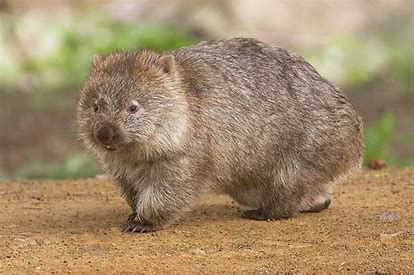Native Animals
Australian Giant Cuttlefish
The Australian Giant Cuttlefish is the largest of its species, and can weigh as much as 10kg! It can be found along the southern coast from Shark Bay in WA to Brisbane in Queensland. Using cells known as chromatophores, the cuttlefish can put on spectacular displays, changing color in an instant.
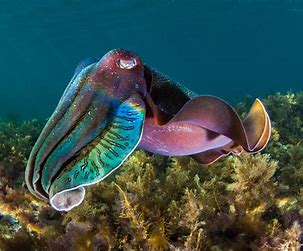
Australian Magpie
This bird is an Australia and southern New Guinea native, and is found across most of Australia. The feathers of the magpie are black and white, and its most distinctive feature is the eyes, which are golden-chestnut in color.
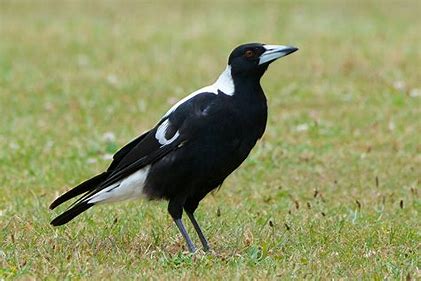
Australian Pelican
One of the many species of pelicans, the Australian pelican can be widely found in the inland and coastal waters of Australia. It is predominantly white with black wings and a pink bill. The Australian pelican holds the record for having the longest bill of any living bird. It mainly eats fish, but will also consume birds and scavenge for scraps if the opportunity arises.

Bandicoot
There are 20 species of bandicoot. They’re endemic to Australia and they’re marsupials which are nocturnal and also omnivores (they eat both meat and plants). Their diet includes insects, grubs, fruits, and vegetables. They are small to medium-sized animals with pointy noses and long hind legs. Bandicoots live in a variety of habitats, including forests, scrublands, and grasslands.
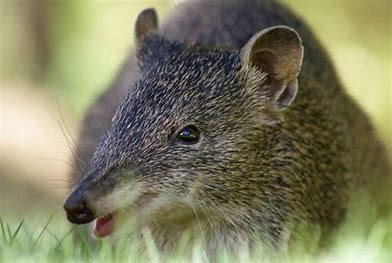
Bilby
Bilbies, are often described as Australia’s Easter Bunny and are medium-sized burrowing marsupials with a long nose and a resplendent set of ears. They are highly adaptable species that are able to survive in some of Australia’s harshest environments.
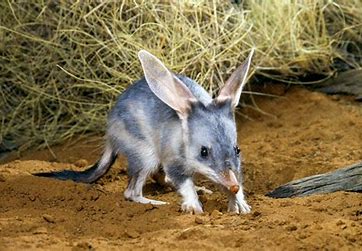
Cassowary
The cassowary is a large, flightless bird native to New Guinea and Australi. It belongs to an ancient group of birds called ratites, which also includes the emu. The cassowary can reach up to 2 metres in height and can weigh nearly 60 kg, making it the same weight as the average person. They are known for their ability to jump as high as 2 metres into the air and can run as fast as 50 km/h.
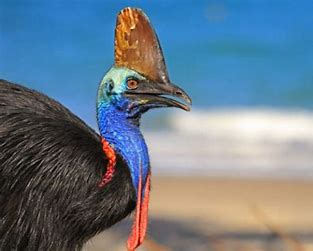
Dingo
Dingoes are Australia’s wild dogs, introduced to the continent about 4,000 years ago, probably by Asian seafarers. They are found all over the Australian mainland. The dingoes on Fraser Island (K’gari), are the purest strains of dingoes in Australia1. The dingoes are a protected species on the island, even though they are declared pests elsewhere in Queensland.
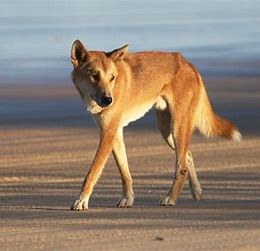
Duck-Billed Platypus
The platypus is a semiaquatic mammal endemic to eastern Australia, particularly Tasmania.The platypus is a unique Australian mammal that lays eggs, making it one of the only five monotreme species left in existence. It has a duck-like bill and two layers of fur for insulation and waterproofing. Interestingly, male platypuses are venomous, with a hollow spur on each hind leg connected to a venom-secreting gland.

Echidna
Echidnas, sometimes referred to as ‘spiny anteaters’, are unique animals native to Australia and New Guinea. They are one of the few mammals that lay eggs. Despite their terrestrial lifestyle, they evolved from aquatic ancestors and are sometimes known as "living fossils".
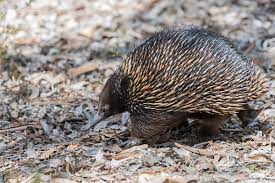
Emu
Emus are the second largest birds in the world, after ostriches, and can reach speeds of up to 50 kph. They belong to a group of flightless running birds known as ratites, which includes the kiwi, ostrich, cassowary, and rhea.
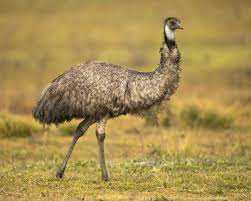
Kangaroo
Kangaroos are marsupials that are indigenous to Australia. The largest species is the red kangaroo which stands over 6 feet tall. They are identified by their muscular tails, strong back legs, large feet, short fur and long, pointed ears. Kangaroos can travel more than 56km/h and leap more than 9m in a single bound. They live in small groups called ‘mobs’.
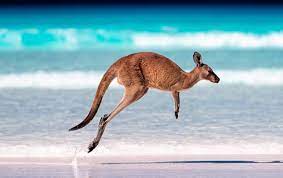
Koala
Koalas are native to the eucalyptus forests of eastern Australia and are known for their grey fur with a cream-coloured chest. Koala's are actually marsupials, not bears. They have a specialised diet, consuming up to one kilogram of eucalyptus leaves a day, from which they also get most of their hydration.
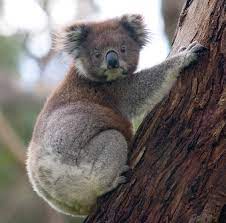
Quokka
Quokkas, are small wallabies about the size of a cat that are native to Australia. They are herbivorous and mainly nocturnal. Quokkas are known for their protruding front teeth and near constant smiling appearance, which has led to them being known as the ‘happiest‘ animal on the planet.
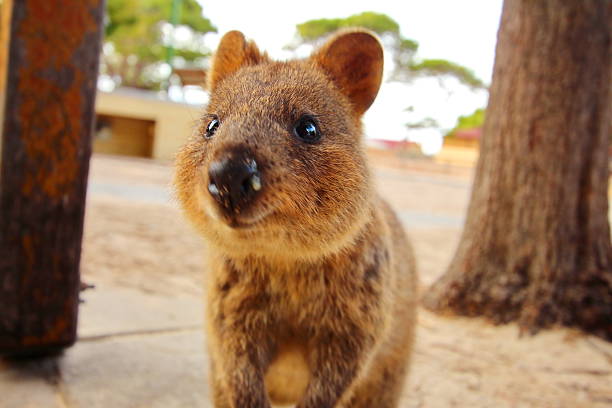
Sugar Glider
Sugar gliders are small, tree-dwelling marsupials native to Australia. They have a specialised flap connecting their front leg to the hind leg, which allows them to glide up to half the length of a soccer pitch in one trip. These creatures are known for their love of sugar and have a flexible diet that includes sweets, nectar, pollen, acacia, and eucalyptus tree sap.
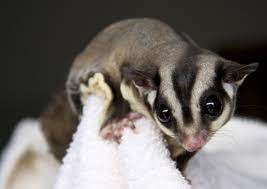
Tasmanian Devil
Tasmanian devils are the world’s largest carnivorous marsupials, found only in Tasmania. They have incredibly powerful jaws that can crush bone and are known to bite through metal. Despite their fierce reputation, Tasmanian devils are very timid and would rather escape than fight when they feel threatened.
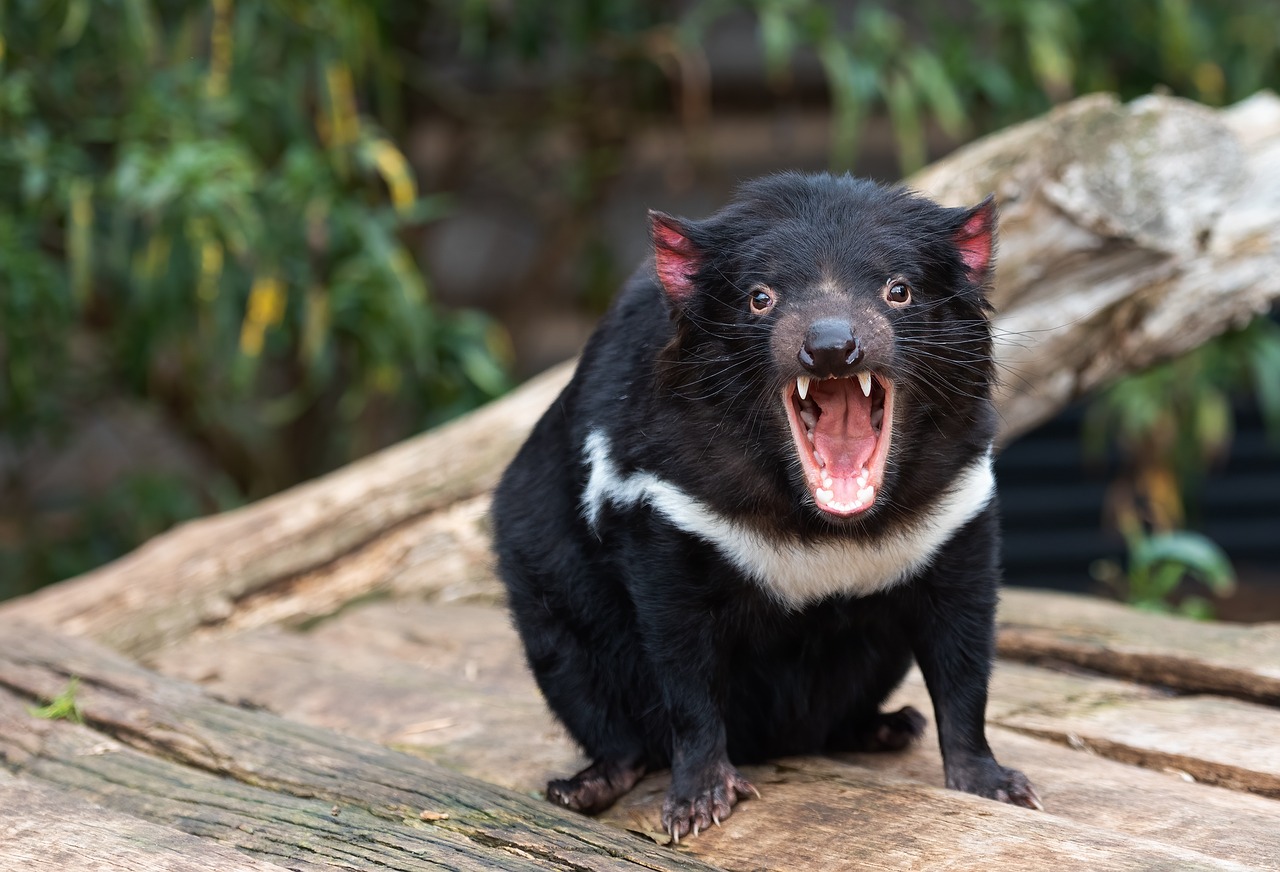
Wombat
Wombats are marsupials native to Australia, known for their burrowing abilities. They have a unique feature of producing cube-shaped poop, which is believed to prevent the poop from rolling away when marking territory. Wombats can run at speeds of up to 40km per hour, and their burrows serve as vital shelters for other small mammals during bushfires.
